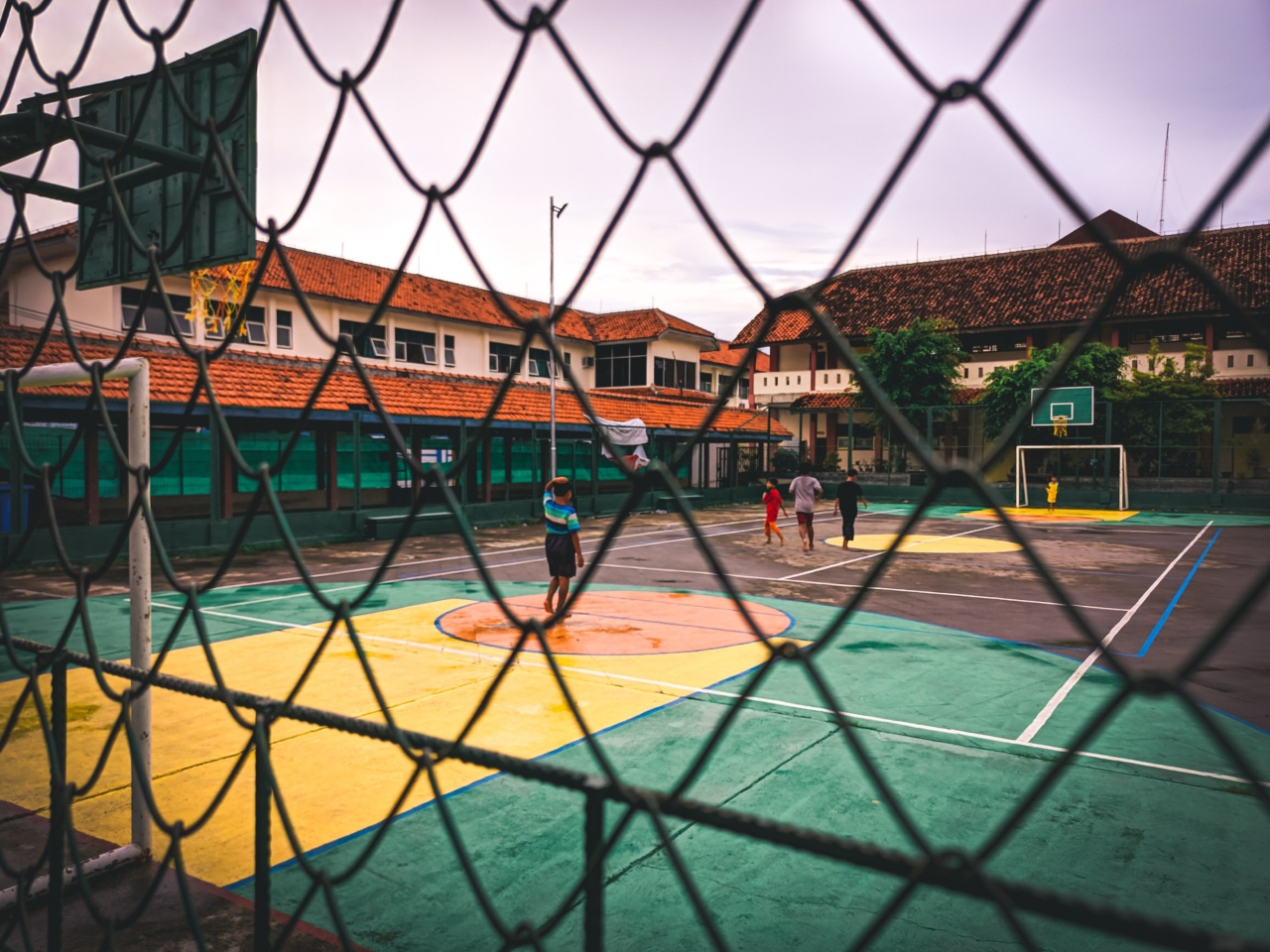Football is undoubtedly one of the most popular sports in the world. It is widely admired and loved by millions of people across the globe.
Football can bring joy, excitement, and unity to people, but recent research has linked football to an increased risk of dementia. As a result, the sport has garnered attention from medical experts and scientists alike.
What is Dementia?
Dementia is a progressive cognitive decline that affects an individual’s memory, thinking, behavior, and overall functioning.
It is a broad term that includes several types of dementia, such as Alzheimer’s disease, vascular dementia, Lewy body dementia, and frontotemporal dementia.
Alzheimer’s disease is the most common form of dementia, accounting for 60%-80% of all cases. It causes brain cells to degenerate and die, leading to a decline in cognitive abilities and memory loss.
Unfortunately, there is no known cure for Alzheimer’s disease.
The Research Linking Football to Dementia
In 2019, the University of Glasgow published a study that found professional football players were three-and-a-half times more likely to die from a neurodegenerative disease than the general population.
The study analyzed the cause of death for over 7,600 former Scottish male professional football players and compared them to the general population.
The study identified that players who were goalkeepers or defenders had the highest risk, while attackers had no increased risk of dementia.
The research also found that the risk of neurodegenerative disease increased with the number of years played professionally.
In 2020, the same team of researchers published another study that found that retired football players were five times more likely to die from Parkinson’s disease than the general population.
Parkinson’s disease is another neurodegenerative disease that affects movement and can lead to dementia.
Why Does Football Increase the Risk of Dementia?
The exact reason for the link between football and dementia is not clear, but it is thought to be related to the repeated head collisions that players experience throughout their careers.
Football players, particularly defenders and goalkeepers, often head the ball or collide with other players. These collisions cause the brain to move inside the skull, resulting in small tears to the brain tissue.
Repeated small tears to the brain tissue can lead to the accumulation of a protein called tau. Tau is found in clumps in the brains of individuals with neurodegenerative diseases such as Alzheimer’s and Parkinson’s.
Tau clumps cause damage to the brain, leading to cognitive decline and dementia.
What Are Football Governing Bodies Doing About It?
Football governing bodies have acknowledged the link between football and dementia and have taken steps to mitigate the risk.
In 2021, the English Football Association (FA) banned heading the ball during practice sessions for children under twelve years old. The ban aims to reduce the amount of heading that young children do, as their brains are still developing and more vulnerable to injury.
The Professional Footballers’ Association (PFA) in England is also funding research into neurodegenerative disease and head injuries in football.
The research will involve examining the brain tissue of former players who have donated their brains to science after their death.
Additionally, the Union of European Football Associations (UEFA) and the International Football Association Board (IFAB) have set up a Concussion Expert Group to advise on the management of concussion and head injuries in football.
How Can Football Players Protect Themselves?
Football players can take certain precautions to protect themselves from the risk of dementia.
These precautions include avoiding heading the ball as much as possible, wearing protective headgear during play, and reporting any head injuries to the medical team immediately.
Retired football players or those who notice any cognitive decline should seek medical attention. Early detection can help to slow down the progression of dementia and improve the quality of life for those affected.
Conclusion
The link between football and dementia is alarming, and the football world is taking steps to reduce the risk.
The ban on heading for under twelve-year-olds and increased research into neurodegenerative diseases and head injuries by football governing bodies are positive steps towards mitigating the risk. Football players can also protect themselves from the risk by taking certain precautions, such as avoiding heading the ball as much as possible and reporting any head injuries immediately.
By working together, we can continue to enjoy football while reducing the risk of dementia.





























